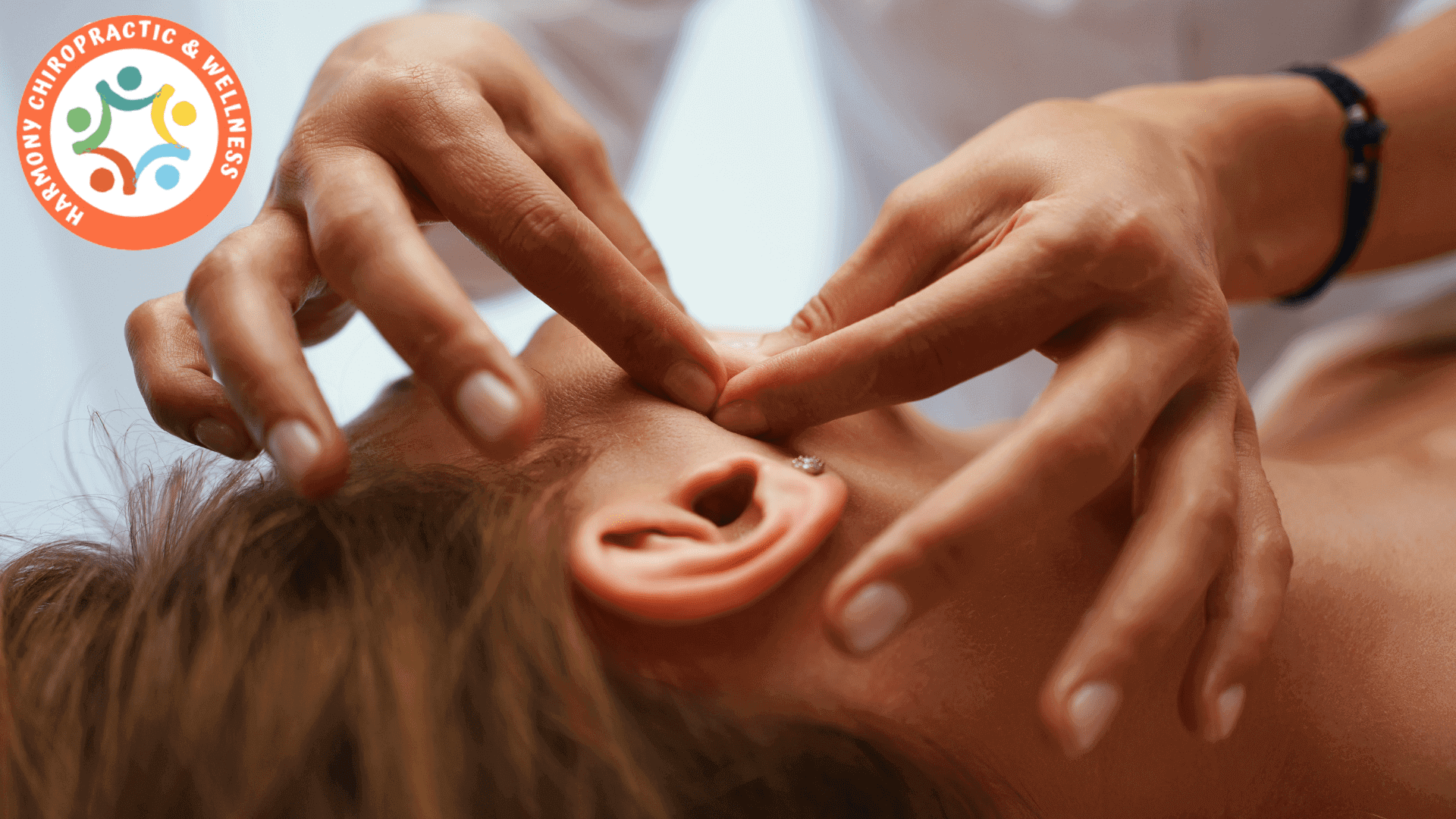Why Cupping Therapy Belongs in Your Wellness Routine
Between work, workouts, and everyday stress, our bodies often carry more tension than we realize. Whether you’re dealing with tight muscles, lingering pain, or simply feeling run down, cupping therapy for wellness offers a natural and effective way to reset...
Continue Reading










 Best Chiropractor in Kelowna 2024
Best Chiropractor in Kelowna 2024 Best Chiropractor in Kelowna 2022
Best Chiropractor in Kelowna 2022 Best Chiropractor in Kelowna 2021
Best Chiropractor in Kelowna 2021 Best Chiropractor in Kelowna 2020
Best Chiropractor in Kelowna 2020 Best Chiropractor in Kelowna 2019
Best Chiropractor in Kelowna 2019 Best Chiropractor in Kelowna 2018
Best Chiropractor in Kelowna 2018 Best Chiropractor in Kelowna 2025
Best Chiropractor in Kelowna 2025 Best Chiropractor in Kelowna 2024
Best Chiropractor in Kelowna 2024 Best Chiropractor in Kelowna 2023
Best Chiropractor in Kelowna 2023 Best Chiropractor in Kelowna 2022
Best Chiropractor in Kelowna 2022 Best Chiropractor in Kelowna 2021
Best Chiropractor in Kelowna 2021 Best Chiropractor in Kelowna 2020
Best Chiropractor in Kelowna 2020 Best Chiropractor in Kelowna 2019
Best Chiropractor in Kelowna 2019 Best Chiropractor in Kelowna 2018
Best Chiropractor in Kelowna 2018 Best Chiropractor in Kelowna 2017
Best Chiropractor in Kelowna 2017 Best Chiropractor in Kelowna 2016
Best Chiropractor in Kelowna 2016